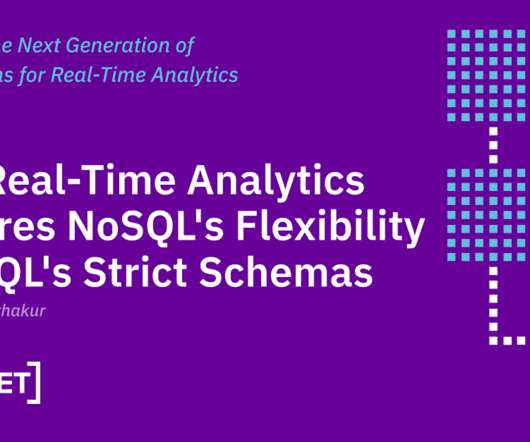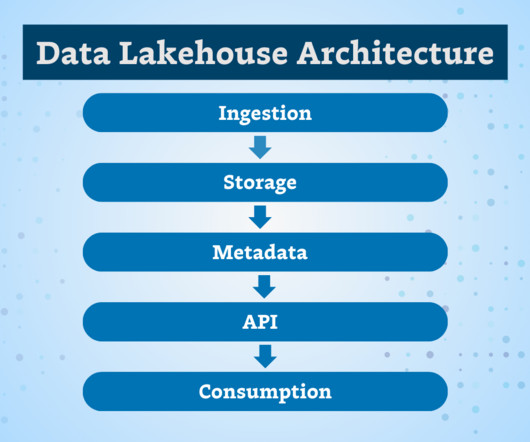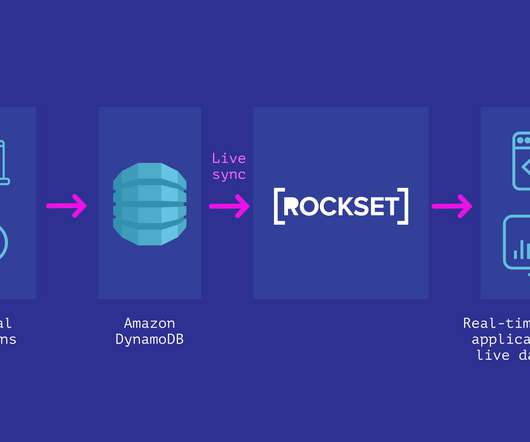Why Real-Time Analytics Requires Both the Flexibility of NoSQL and Strict Schemas of SQL Systems
Rockset
JULY 6, 2022
Similarly, databases are only useful for today’s real-time analytics if they can be both strict and flexible. Traditional databases, with their wholly-inflexible structures, are brittle. So are schemaless NoSQL databases, which capably ingest firehoses of data but are poor at extracting complex insights from that data.































Let's personalize your content